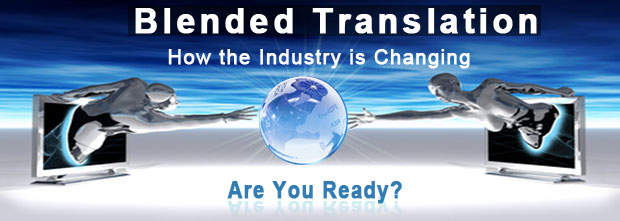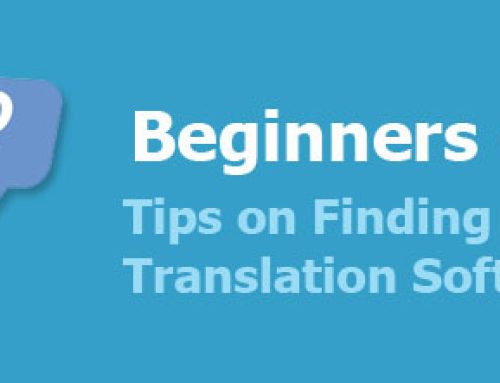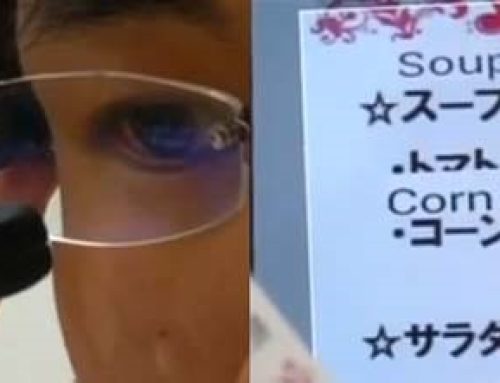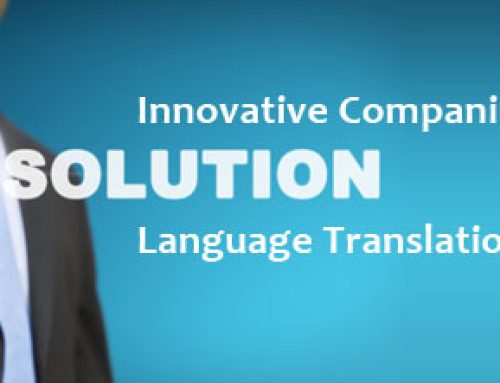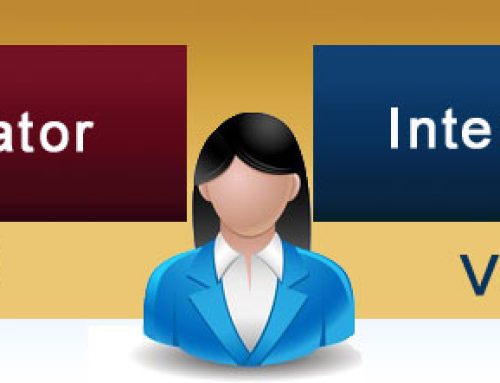Many companies are looking for solutions to have large volumes of content translated in less time and for less money. The first choice for translating large amounts of data is to automate the process by using translation software.
Software can translate documents faster than a human but the accuracy can vary depending on the type of documents and the subject. The human cannot physically translate at the speed of translation software can but it will be more accurate.
Blended Translation
The best solution is to blend human translation with translation software. The blended translation method is not new to the industry but recent advances in Systran technology are delivering higher accuracy that makes it easier for translators to work with the translated results.
With software a translator can create a rough draft of a document and then work with the software to train it to understand specific phrase and terminology control the output, and then do a final edit to create a publishable document.
Professional Translators
Translators are getting more and more requests to “blend” or mix their by-hand translations with translation software due to the increase in the accuracy with some of the latest developments. This way companies not only save money, but also time by having a lot of content translated faster.
Translation agencies are adopting the use of software at a much faster rate than in the past because it can save them time and increase productivity but also help them to gain clients.
In Summary
Companies that want to ensure their important documents are translated quickly and accurately can choose to blend software translation with human translations. The quality of the translation is higher than if only traditional translation software were to be used. In the same time, the cost is lower if the company were to pay exclusively for traditional human translation.
It is important to note that software is not perfect for every situation or type of document but the technology keeps improving and will require less human intervention.
Recently a professional translator stated in an article that he saw the industry changing, translators of the future would do more editing and proofing than actual translating from scratch.

